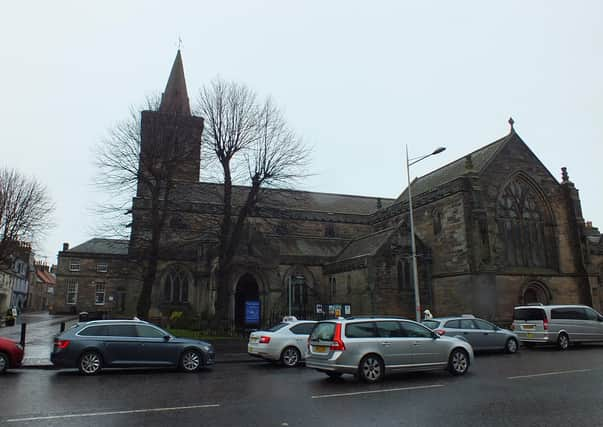Historic Fife church to close


The Holy Trinity Church on South Street will be closing within a maximum of five years, although the Church of Scotland told the Citizen that no arrangement has been made yet as to any possible sale.
The church currently hosts two services on Sundays, various community events, such as family movie nights, and acts as a wedding and concert venue.
Advertisement
Hide AdAdvertisement
Hide AdA Church of Scotland spokesperson said: “As part of the ongoing presbytery reform plans, the Church of Scotland’s General Trustees made the decision that in the long term the Holy Trinity Church building in St Andrews would no longer be required.
“The church’s Kirk Session are currently in discussion as to whether to pursue transition ministry in an interim period, which would mean the building would be retained for worship use for up to five years.
“They may make a decision at the next Kirk Session meeting on Tuesday, March 31.
“If the Kirk Session does not agree to a period of transition ministry, the Presbytery of St Andrews will decide whether to form a union or dissolution.”
Advertisement
Hide AdAdvertisement
Hide AdThe church is regarded as one of the most important presbyterian places of worship in Scotland.
Holy Trinity Church was regarded as one of Scotland’s most important parish churches in the Middle Ages and was where the famous Protestant leader John Knox first preached in public during the siege of St Andrews Castle in 1547. It was also where in 1559 Knox delivered his famous sermon urging the town to reject Catholicism, resulting in attacks on St Andrews Cathedral, and the change of faith of St Andrews.
The church was built on its current location in 1410, and over succeeding centuries has been repeatedly redesigned.
The majority of the building was demolished in 1907 to be replaced by the current Gothic structure.
Comment Guidelines
National World encourages reader discussion on our stories. User feedback, insights and back-and-forth exchanges add a rich layer of context to reporting. Please review our Community Guidelines before commenting.